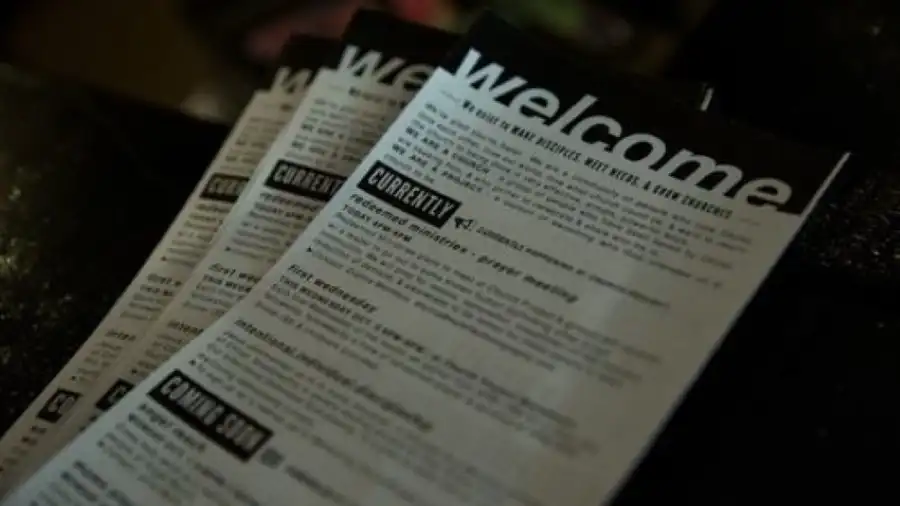This is the weekly bulletin insert from the Episcopal Church, 1st Sunday of Christmas (Year C).
The Presiding Bishop’s Christmas Message
A number of years ago, I read a book by Roberta Bondi, who at that time was teaching at the Candler School of Theology at Emory University. The title of the book was “To Love as God Loves”. Professor Bondi, in that book, looked at and examined early Christians. And one of the things she observed was that early Christians saw their vocation of following Jesus as learning how to love as God loves. And that was the title of the book, “To Love as God Loves”.
If that is true, as I believe it is, when we look at the New Testament stories of Jesus, and particularly the stories around Christmas, we see early glimmers of Jesus showing us how to love as God loves. The Christmas stories found in Matthew and in Luke, for example, actually show us something about God’s way of love. We all know the Christmas stories, the baby wrapped in swaddling clothes as it’s found in Luke’s gospel, the baby that’s born of Mary, the stories of Mary while she was pregnant meeting her cousin Elizabeth, and the words of the Magnificat, “My soul doth magnify the Lord and my spirit rejoices in God my Savior…” We know the stories of Mary giving birth in the manger, because there was no room for them in the inn, the stories of the shepherds out on the field beholding the angel choir: “Gloria in Excelsis Deo!”
The story of a baby born is the story of beauty, a story of hope, whereas the Jewish tradition says every child who is born is a reminder that God is not finished with the world yet. In this case, the baby that was born was named Jesus. But Matthew tells the same story, but highlights other dimensions that remind us profoundly of the way God loves. In Matthew’s story, the child is born and there is great beauty in it, but there is some difficulty, even in the relationship between Mary and Joseph when they discover that she is with child before they’re actually married. But an angel intervenes and tells Joseph in the dream that this child is God’s miracle. And so, Joseph accepts his responsibility and cares for Mary and the baby Jesus who is to be born. And all moves along well. And in Matthew’s version there is the star, the Magi or the wise men who come from afar, but then the story takes a dark turn.
And all of a sudden, the same beauty that surrounded the birth of a child now is tinged by an ugliness of tyranny, the ugliness of injustice, the ugliness of hatred, the ugliness of unbridled selfishness as King Herod hears rumors of a rival to his throne being born and begins plans to execute children to stamp out his rival. In Matthew, that is the context for the birth of Jesus. And Mary and Joseph and the baby Jesus when he is born are forced to flee as refugees, seeking political asylum eventually in Egypt because of the wrath of King Herod. They are saved from the destruction, but many do die.
In the late 1930s, The Episcopal Church embarked on efforts to save refugees who were fleeing tyranny, evil, injustice, bigotry, hatred in Europe at the advent of the Second World War. In The Episcopal Church, Episcopalians and many other Christians and Jewish people in the United States and people of goodwill and human decency worked together in a variety of ways to save as many refugees as they could. And at that time, Episcopalians created this image. It shows Mary holding the baby Jesus in her arms on the donkey, with Joseph walking with them. And as you can see, the sign said in the name of these refugees, aid all refugees.
The Christmas stories are reminders that this Jesus came to show us how to love as God loves. And one of the ways we love as God loves is to help those who are refugees, those who seek asylum from political tyranny, poverty, famine, or other hardship. In the 1930s, Episcopalians did this to love as God loves, and today, ministries like Episcopal Migration Ministries, the work of this church, have helped to resettle some 100,000 refugees as of December 2021. And that work goes on for refugees from Afghanistan and from other places around the world.
The Christian vocation as Jesus taught us is to love as God loves. And in the name of these refugees, let us help all refugees. God love you, God bless you. And this Christmas, may God hold us all in those almighty hands of love.

Taken from Bulletin Insert: 1 Christmas – The Presiding Bishop’s Christmas Message – December 26, 2021.
Church of the Redeemer
Welcome to Church of the Redeemer: Worshiping God, living in community, and reaching out to the world. We are an Episcopal Church serving north King County and south Snohomish County, Washington. As you travel your road, go with friends walking the way of Jesus at Redeemer.
Church of the Redeemer is at 6210 Northeast 181st Street in Kenmore, Washington. The campus is a short distance north of Bothell Way, near the Burke-Gilman Trail. The entrance looks like a gravel driveway. The campus is larger on the inside than it is on the outside. And we managed to hide a large building on the side of a hill that is not easily seen from the street.
The Episcopal Church welcomes you.



